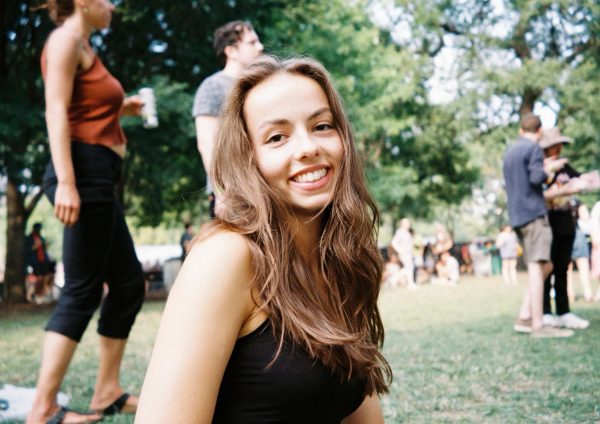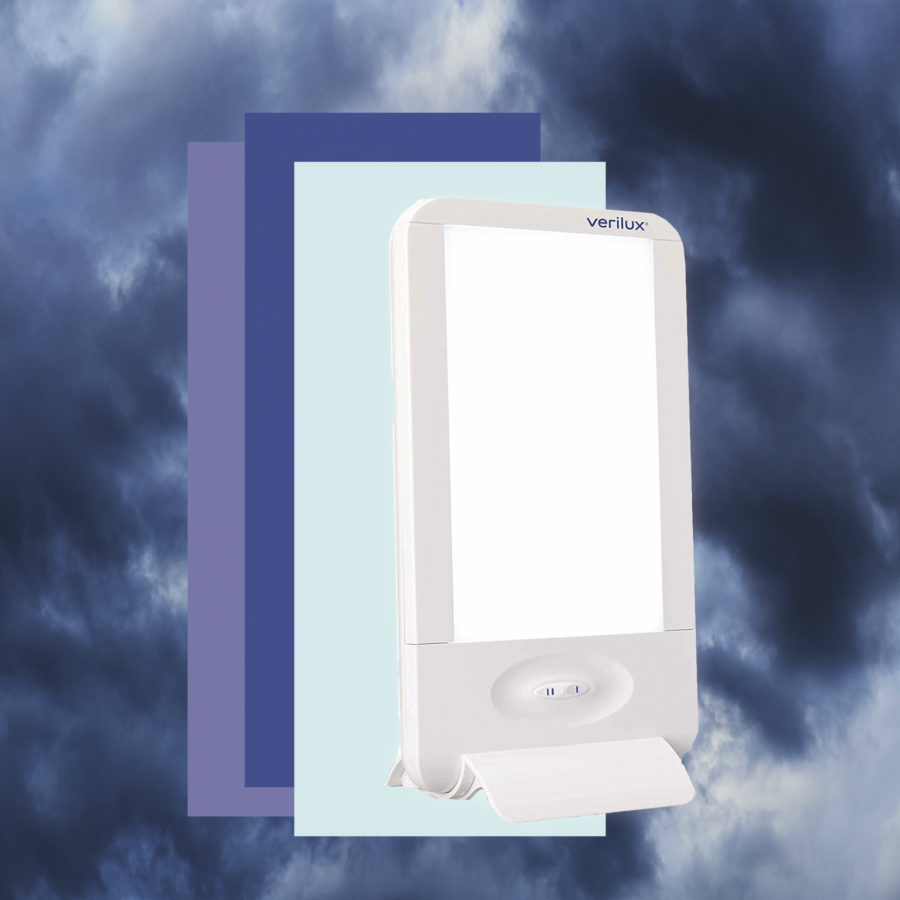Seasonal Depression and Light Therapy
As we return to another semester and settle into our routines, the air around us is still hot and the sun is still blazing. Air-conditioning is the welcome we await as we step into our classrooms and dorms. Yet September has snuck up on us, and it will soon bring the crunch of leaves underfoot. In a month or two, campus will shed its vibrant colors and the trees will stand frozen with the bitter St. Louis winter. The holiday festivities will be upon us, the prospect of pumpkins and lights sparkling in the distance. But then the twinkle fades and we are left with those couple of gray, gaunt months that seem to hang in perpetual bleakness. Sadness creeps in and the days can feel repetitive and gloomy.
But what if the dismal moods dredge on? Could it be more than the toll of a long winter?
Seasonal affective disorder (SAD), also known as seasonal depression, could be the reason for prolonged periods of sadness or disinterest throughout the winter months. Triggered by a change in seasons, usually beginning in the fall and lasting throughout the winter, SAD is a type of major depressive disorder that affects about five percent of the population. Characterized by symptoms similar to those of depression, SAD begins to show signs in early adulthood and affects women more commonly than men. College students are particularly vulnerable when it comes to SAD. The stress of school paired with extracurriculars and other obligations leaves students feeling over-extended and longing for time for themselves. Students are rarely getting enough sleep, which exacerbates mental drain. Schedules are different each day and because students often sleep in to compensate for all-night study sessions and weekend activities, they miss critical points of the day to be in the sun. This results in vitamin D deficiencies, which can further feelings of depression. When paired with universities’ COVID-19 restrictions, loneliness and a sense of exhaustion can increase.
Students’ mental and physical well-being is paramount to their success. During the fall and winter months, it can be harder to get outside or remain active and social as temperatures drop and deadlines pile on. Yet, for those dealing with SAD and other forms of anxiety and depression, this hibernation can be detrimental. In addition to maintaining a routine that establishes balance throughout the week, there is another option I would like to encourage the students and faculty of Saint Louis University to explore: light therapy. This therapy, often used for seasonal disorders like SAD, mimics natural light by placing a person in close proximity to a bright light box. This treatment for SAD has seen success and offers relief for people who are not ready or able to take medication or who want to pair treatments together. Lisa House, a clinical psychologist and associate professor at Millersville University in Pennsylvania, conducted a study on the effectiveness of light therapy. She found that students who used the light box showed improvement in their depressive symptoms and sleeping patterns. The study also found that light therapy reduced distraction and improved appetite—and that students reported feeling calmer after treatment.
As fall and winter approach, I would like to see our university consider light therapy as an option for treating students with SAD. A cost-effective and non-prescriptive treatment, I think the option to have light rooms where students, faculty and staff could recline, do homework, or meditate quietly would be very beneficial. With the demand for mental health services increasing, light therapy may check several boxes for new health solutions.
Your donation will support the student journalists of Saint Louis University.






essie alten • Nov 23, 2021 at 3:00 am
“Research indicates that LED light therapy can be effective for wound healing and other types of skin damage.
Please check this out for more reference https://www.pranalink.com/educate-category/light-therapy.html?utm_source=referrer&utm_medium=organic.”